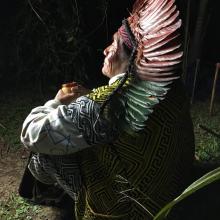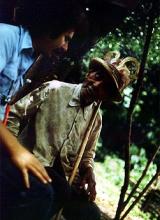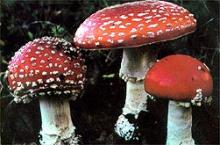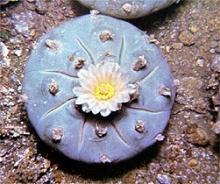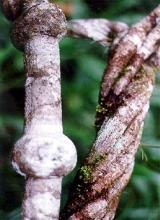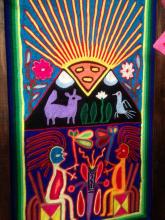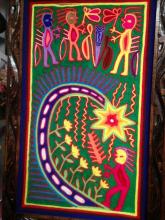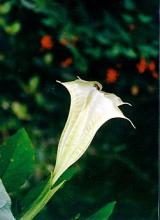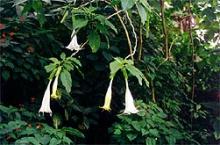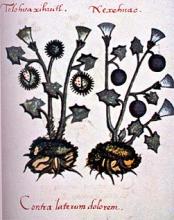The Pajé
The Pajé, around the year 1500, was priest, doctor and sorcerer.
The forest was his pharmacy, he knew abortive and anticonceptional plants, as it has been confirmed today. He used snake poison, saliva, urina and animals. The Pajé underwent training, guided by a master.
They lived isolated, fastening, taking vegetable teas, many of them with the function of the expansion of the perception. Until today the Banisteriopsis, also known as “Ayahuasca” or “Yagé” is used, in the Amazon culture, and influences the arts and spirituality (the effect of the Jurema’s Wine, described by the roman writer José de Alencar, is described in his book “O Guarani”).

The Pajé was feared and respected; he had mysterious relations with the world of the shadows, with the spirits and the animals of the forest, and also with Tupã, god of the lightning.
With his master, he learned processes of interrogation in various depths and also how to do physical examinations. When called, he inquired into what the patient had eaten and what he had done. He touched and inspected, looking for blessings and tumors. If he didn’t obtain a diagnosis, he danced, or danced together with the patient, trying to interpret the spirit that had caused the illness.
When the patient was an important person from the tribe, the sorcerer used to drink an infusion of narcotic plants – among them the “Figueira do Inferno” (Datura Stramonium) – and with the dances and rituals came into a trance. When the effect stopped, he said that he had spoken with Anhangá, which had revealed the cause of the illness and the treatment.
